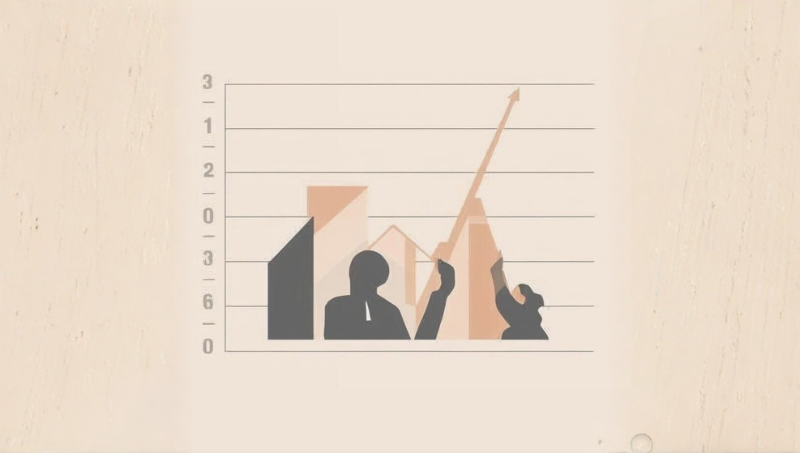
Summary: The National Crime Records Bureau (NCRB) recently released the data on Accidental Deaths and Suicides in India (ADSI) for the year 2023. Our blog gives an overview of this data and draws a comparison between the 2022 ADSI figures released by NCRB. Key findings indicate the rising share of suicide deaths of people belonging to the lowest income group. The nation saw a documented 5.68% rise in child suicides and a 9% increase among the unemployed. Similar statistics point to India’s failed social and economic safety nets.
Every year, the National Crime Records Bureau (NCRB), publishes Accidental Deaths and Suicides in India (ADSI) data based on data compiled from State Crime Records Bureaus. This dataset forms the cornerstone of India’s official evidence on suicides. However, the release of these reports has faced inordinate delays in recent years. The 2022 report was released only in December 2023, while the 2023 report was published at the end of September 2025. The Ministry of Home Affairs attributed the delay to the final validation of data received from States and Union Territories. Such delays limit timely analysis and weaken the policy response to pressing public health issues like suicide prevention. With the 2023 data now available, we analyse the data to understand the key patterns of suicides in India.
In 2023, a total of 171,418 suicides were reported in India, a marginal increase of 0.29% from 170,924 suicides in 2022. The suicide rate showed a marginal decline, from an all-time high of 12.4 in 2022 to 12.3 in 2023.
Here are some notable observations from this year’s data.
Suicides and age
The proportion of suicides among the different age groups remained similar between 2022 and 2023: 3 out of 5 age groups approximately maintained the same share (below 18 years at 6%, 45-60 years at 19%, and above 60 years at 9%). People between the ages of 18-30 and 30-45 collectively accounted for almost two-thirds (66%) of suicides in the country. Alarmingly, child suicides (below 18 years) increased by 5.68% compared to 2022, underscoring the growing mental health crisis among India’s young population.
Suicides and geography
National suicide rates varied dramatically, ranging from 0.7 per 100,000 in Bihar to 49.6 per 100,000 in the Andaman and Nicobar Islands. This variance was most obvious in smaller states and union territories, where lower populations contributed to higher reported rates.
Kerala had the highest rate at 30.6 per 100,000 population, followed by Telangana at 27.7, and Chhattisgarh at 26.0. Kerala’s rate increased to 30.6 from 28.5 in 2022. Similarly, Telangana experienced a slight increase to 27.7 from 26.3 in the previous year. Chhattisgarh’s suicide rate decreased from 28.2 in 2022 to 26 in 2023.
Top 3 large states, small states, and UTs with highest caseloads
Amongst the larger states in India, Maharashtra (22,687 suicides), Madhya Pradesh (19,483) and Tamil Nadu (15,662) collectively amounted to more than one-third of the total suicides in the country. Among the smaller states, Sikkim and Tripura recorded the highest number of suicides. In absolute numbers, Delhi (3131), Puducherry (465) and Jammu and Kashmir (365) became the 3 union territories having the highest number of suicides.
Causes of suicides
Nearly half the suicides are attributable to just two causes – family issues and illness (including both physical and mental illness). These have remained consistent across 2022 and 2023. While the top five causes have shown little change over these years, suicides linked to debt and poverty have declined by 7%. NCRB cause-related data, however, is limited by the fact that it reduces suicides to a single cause.
Suicides and occupation
The occupational profile of persons who died by suicide presents a sobering picture. Daily wage earners accounted for 47,170 deaths, making up 28% of all suicides in 2023 – once again the largest occupational group impacted. Unemployed individuals saw the sharpest rise, representing a 9% increase to 14,234 deaths when compared to 2022. India lost 10,780 farmers to suicide in 2023 reflecting ongoing agrarian distress. Salaried persons across private and public sectors occupy a 9.6% share of the total number of suicides in the country, with more than two-thirds of persons who died by suicide being private sector employees.
Suicides and income levels
Economic vulnerability remains a key determinant of suicides in India, with the poorest classes continuing to bear a disproportionate burden. Suicides in the lowest income group of ₹ 1 lakh or less annually, constituted 66% of total suicides in 2023, up from the 64% in 2022, highlighting the urgent need for social and economic safety nets.
What next: Strengthening the suicide prevention response
The 2023 data again underlines that suicide in India is not only a mental health issue but also a socio-economic one, shaped by poverty, unemployment and a lack of safety nets. To translate data into action, India first needs to improve the timeliness and granularity of the data and integrate suicide surveillance with the health systems. The country needs to strengthen economic and livelihood support and build public awareness around suicide prevention.
Key takeaways- India recorded 171,418 suicides in 2023 (NCRB).
- Daily wage earners remain the largest affected group.
- Student suicides increased to the highest ever, a worrisome trend
- Youth and young adults (15–29) form a high-risk population
- Maharashtra, Tamil Nadu, Madhya Pradesh, and Karnataka account for the highest share of suicides.



